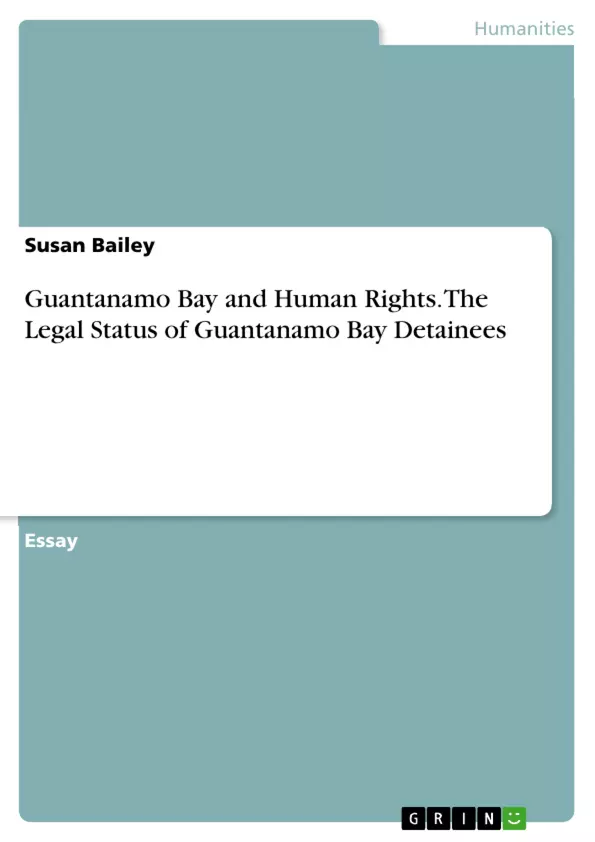This case study will evaluate the legal status of the Guantanamo Bay detainees, evaluating their legal status on both an international and a domestic level.
This case study also gives background into the conditions within Guantanamo Bay.
Table of Contents
- The Event
- Reports of Violations of Human Rights
- Domestic Human Rights Laws in Place
- International Human Rights and Laws in Place
- International Response
- U.S Response
Objectives and Key Themes
This case study examines alleged human rights violations at Guantanamo Bay, focusing on the legal status of detainees. It explores the event's context, relevant domestic and international human rights laws, the responses of the U.S. and the international community, and the broader implications for human rights development.
- The legal status of Guantanamo Bay detainees in relation to international and domestic law
- The alleged human rights violations at Guantanamo Bay
- The U.S. response to the allegations of human rights violations
- The international community's response to the allegations of human rights violations
- The broader implications of the Guantanamo Bay case for human rights development
Chapter Summaries
- The Event: This chapter provides background on the events that led to the establishment of Guantanamo Bay detention camp, including the "war on terror" declared by President George W. Bush following the September 11th attacks. It highlights the use of anti-terrorist legislation and the Bush Doctrine, which allowed for the capture and detention of individuals without trial.
- Reports of Violations of Human Rights: This chapter examines the alleged human rights violations at Guantanamo Bay. It discusses the use of torture, including beatings, waterboarding, and psychological manipulation. The chapter also highlights the harsh conditions of detention, such as prolonged solitary confinement and isolation.
- Domestic Human Rights Laws in Place: This chapter explores the relevant domestic human rights laws in place, particularly the Inter-American human rights system. It discusses the American Convention on Human Rights and the role of the Inter-American Commission and Court in protecting human rights. The chapter also addresses the U.S.'s non-participation in the American Convention and the challenges in holding the U.S. accountable for human rights violations at Guantanamo Bay.
- International Human Rights and Laws in Place: This chapter examines the international legal framework for human rights, focusing on the UN Charter and the International Covenant on Cultural and Political Rights. It highlights the importance of safeguarding human rights and the challenges in ensuring universal respect and observance.
Keywords
Key terms and concepts include Guantanamo Bay, human rights, international law, domestic law, torture, detention, legal status, detainees, war on terror, Bush Doctrine, Inter-American human rights system, American Convention on Human Rights, UN Charter, International Covenant on Cultural and Political Rights.
- Quote paper
- Susan Bailey (Author), 2018, Guantanamo Bay and Human Rights. The Legal Status of Guantanamo Bay Detainees, Munich, GRIN Verlag, https://www.grin.com/document/413244



